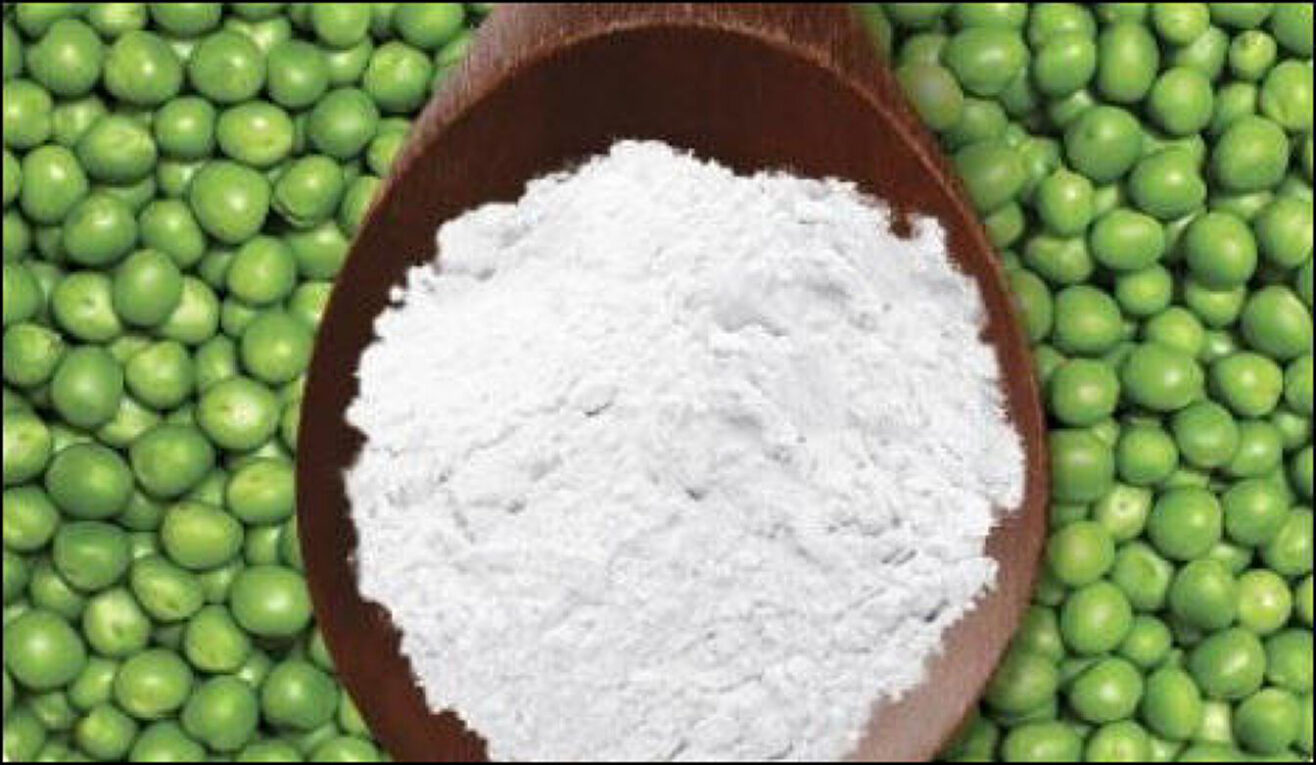Introduction
Pea starch is derived from yellow peas, which have been a staple crop grown worldwide for centuries. While peas have long been consumed and utilized for their protein content, advances in extraction technology have enabled the isolation and use of pea starch in various commercial applications. Pea starch possesses several notable characteristics that make it a desirable ingredient in many food products.
What is pea starch?
Pea starch is the carbohydrate component extracted from yellow peas. Like other starches, pea starch is composed mainly of two types of polysaccharides – amylose and amylopectin. Peas are milled and the starch is removed from the pea grains through a wet milling process. The Pea Starch granules are then dried and ground into a fine powder. On average, yellow peas contain around 20-30% starch by weight. The remaining components of peas such as proteins, fibers, minerals and lipids are also recovered and used in other applications.
Properties and functionality
Some key properties of pea starch that impact its functionality in food products include:
– Neutral taste and flavor: Pea starch has a very mild, neutral taste and imparts no beany or pea-like flavors which can be undesirable in some products. This allows it to be used without affecting the natural taste of foods.
– Unique viscosity: The amylose to amylopectin ratio in pea starch gives it viscosity and textural properties that fall between wheat and potato starches. It produces desirable smooth, thick textures in sauces, soups and gravies without becoming sticky or gummy.
– Gluten-free: Unlike wheat starch, pea starch contains no gluten proteins. This makes it suitable for use in gluten-free baked goods and other products without compromising quality or structure.
– Resistant to acid environments: Pea starch is more stable in acidic environments compared to other starches such as corn or potato. It maintains its viscosity and thickening abilities even in foods with a pH below 4.5, like tomato-based sauces.
– Shelf-stable: In dry powder form, pea starch has excellent shelf life and stability over long periods of storage without deterioration in qualities.
Usage in various food products
Thanks to these beneficial properties, pea starch finds wide application across many sectors of the food industry:
Bakery products
As a gluten-free flour alternative, pea starch is often used as a minor ingredient (5-15% of total flour weight) to boost texture and Volume in gluten-free baked goods like bread, muffins, pancakes etc. It allows for better crust formation and extended shelf life without staling.
Meat products
Added as a binder at 1-3% levels, pea starch helps improve texture and water retention in restructured or emulsion-based meat products such as sausages and patties. It prevents moisture loss during cooking.
Snack foods
Coatings for fried snacks made with pea starch achieve crunchy textures without using modified starches. As an extrusion aid, it enhances expansion and crispiness of puffed snacks.
Dairy products
Used in dairy analogs like plant-based cheese and yogurt alternatives to provide body, creaminess and stability without affecting the taste of dairy. Also improves texture of dairy desserts.
Soups, sauces and dressings
At levels up to 5%, pea starch thickens liquids efficiently and produces rich, luxurious mouthfeel. It prevents separation in vinaigrettes and mayonnaise.
Pet foods
Ingredient in many dry and wet extruded pet foods due to its palatability,digestibility and ability to bind other ingredients into kibbles or chunks.
Sustainability benefits
With appropriate crop rotation practices, pea farming depletes less water than wheat or corn cultivation. As a legume, peas also enhance soil fertility through natural nitrogen fixation. The highyielding nature of peas and their suitability for mechanical harvesting makes pea starch production economically and environmentally advantageous compared to other starch sources.
Owing to its functional attributes and sustainability profile, pea starch is fast gaining popularity as a plant-based ingredient across global food markets. As consumers increasingly demand more wholesome,clean label products, the utilization of pea starch in foods is likely to grow in the coming years. Manufacturers are also exploring ways to fully leverage its multiple nutritional and textural benefits through innovative product formulation techniques.
*Note:
1. Source: Coherent Market Insights, Public sources, Desk research
2. We have leveraged AI tools to mine information and compile it

